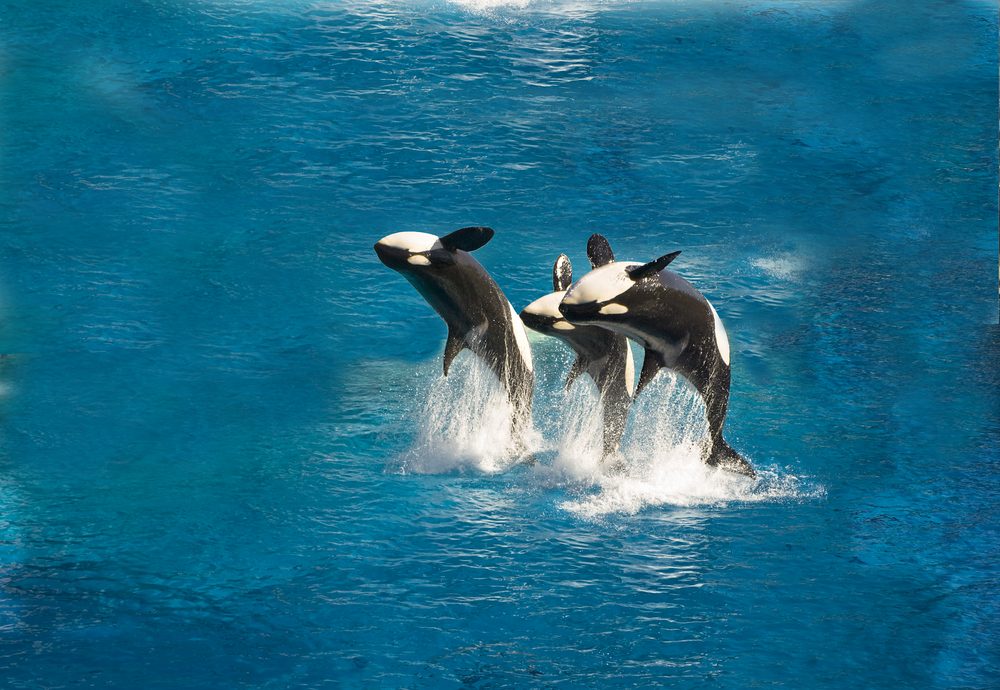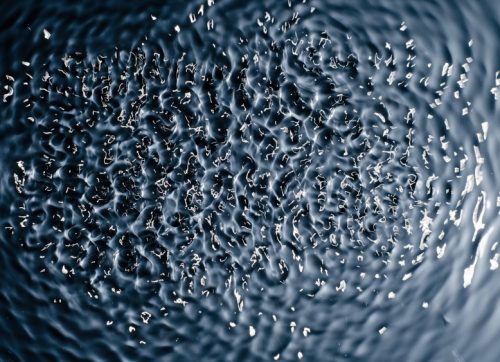
The Global Struggle for Survival Among Orcas hasn't Stopped, but the Bremer Bay's Orcas seem to be thriving. How can we Learn from their Current Success?
Orcas, or killer whales, face various obstacles to survival, and these challenges are not limited to a specific region. However, Bremer Bay has become a hot spot for healthy, thriving Orcas. These intelligent and highly social marine mammals frequent the area, creating a spectacle for onlookers and a subject of scientific inquiry. The Orcas of Bremer Bay are often observed in family groups, known as pods, showcasing complex social structures and communication patterns.
- Author:
- Christopher Truffa
- Date:
- July 8 2025
Orcas, or killer whales, face various obstacles to survival, and these challenges are not limited to a specific region. However, Bremer Bay has become a hot spot for healthy, thriving Orcas. These intelligent and highly social marine mammals frequent the area, creating a spectacle for onlookers and a subject of scientific inquiry. The Orcas of Bremer Bay are often observed in family groups, known as pods, showcasing complex social structures and communication patterns. They are among the healthiest and largest pods on the planet. What are the threats to Orcas, and why might they differ in Western Australia?
Let's look at why this majestic animal struggles to survive globally, and then we can see what's different in Bremer Bay.
Here are some key reasons why Orcas face obstacles for their survival:
Human Activities: Orcas encounter significant threats from human activities, including pollution, boat traffic, and noise pollution. Pollution from industrial discharges and plastic waste can contaminate their habitat and affect prey availability. Boat traffic can lead to collisions, and underwater noise pollution interferes with their echolocation and communication.
Climate Change: Climate change has widespread impacts on marine ecosystems, affecting the distribution and abundance of prey species. Changes in sea temperatures, ocean currents, and melting ice can disrupt the Orcas' traditional hunting grounds, making it challenging to find sufficient food.
Food Shortage: The availability of prey is crucial for Orcas' survival. Overfishing and changes in the abundance of prey species can lead to food shortages for Orcas. Additionally, competition with commercial fisheries for the same prey species further compounds the problem.
Contaminants and Toxins: Orcas, apex predators, are susceptible to bioaccumulation of contaminants and toxins in the marine environment. Pollutants such as heavy metals, pesticides, and industrial chemicals can accumulate in their bodies, leading to health and reproductive problems.
Global Trade of Orcas Captivity and Exploitation: The international trade of Orcas for entertainment has been a significant concern. Capturing Orcas and transporting them to different parts of the world can cause stress, trauma, and mortality, further affecting their population dynamics. Orcas have been historically captured for display in marine parks and aquariums, leading to negative impacts on their populations. The stress and confinement of captivity can result in physical and behavioral problems, affecting their overall well-being.
Lack of Legal Protections: In some regions, Orcas have little protection by conservation laws. Weak regulatory frameworks and insufficient enforcement can leave Orcas vulnerable to exploitation and habitat degradation.
Addressing these challenges requires concerted efforts in conservation, sustainable management of marine resources, and global collaboration to mitigate the impacts of climate change. Understanding and actively working to overcome these obstacles can happen in many ways, ways to help. There is hope for securing the long-term survival and well-being of Orcas in their natural environments
But the Orcas of Bremer Bay have been showing signs of what other pods worldwide aspire to be, and some believe this group to be the largest in the world. There are over 70 Orcas in the Pods. Pods are tight-knit family groups consisting of individuals with strong social bonds. Pod sizes vary, ranging from a few individuals to over a dozen members. So, the large number of Orcas in the Bremer Bay pod is somewhat of a phenomenon. The social structure within these pods is crucial for their survival and success in the marine environment. Oceanographers closely observe the dynamics of these pods to understand how Orcas navigate and thrive in their complex social networks. They also study the migration patterns of Orcas in Bremer Bay to understand their movements and behaviors. One of the remarkable events is the annual migration of prey, including giant squid and other cephalopods. Orcas strategically position themselves to take advantage of this abundance, creating a remarkable display of hunting prowess. The Bremer Bay Orcas are known for their cooperative hunting strategies. These intelligent cetaceans collaborate to target and capture prey, exhibiting teamwork that intrigues researchers. Understanding the feeding behaviors of Orcas is crucial for unraveling their ecological roles and conservation efforts in the region.
Oceanographers employ advanced technology to study Orcas' echolocation abilities and communication methods. The whales hunt with echolocation, which uses sound waves and echoes to locate objects. The sound listen here has low-frequency peaks between 20 to 30 kHz (known as Beta waves) and high-frequency peaks between 40 to 60 kHz called Gamma waves. Gamma waves are involved in high-level cognitive processing, including perception and consciousness. A real-life example of gamma wave activity is when individuals experience a "eureka" moment, gaining sudden insight into a problem. Gamma waves are associated with lifelong learning and engaging in activities that challenge the mind, such as learning a new skill or solving complex problems, which can stimulate gamma wave activity. Moments of heightened awareness and insight often coincide with increased gamma wave presence.
Bremer Bay provides a unique environment for researchers to delve into the intricate acoustic world of Orcas, studying their clicks, whistles, and calls. These marine mammals use echolocation for navigation, locating prey, and communicating with their pod members. Learning these communication patterns enhances our understanding of the complex social structures within Orcas' communities.
Despite their charismatic presence, Orcas still face various conservation challenges in Bremer Bay. Human activities, climate change, and pollution threaten the delicate balance of this marine ecosystem. Oceanographers' roles are vital in monitoring and addressing these challenges, working towards the sustainable coexistence of Orcas and their habitat.
Despite their charismatic presence, Orcas still face various conservation challenges in Bremer Bay. Human activities, climate change, and pollution threaten the delicate balance of this marine ecosystem. Oceanographers' roles are vital in monitoring and addressing these challenges, working towards the sustainable coexistence of Orcas and their habitat.
Are you ready to take the journey?
Take the journey and find your nature guide.


